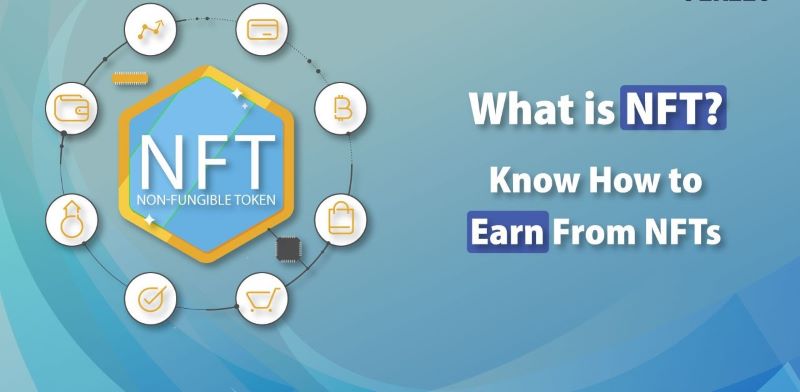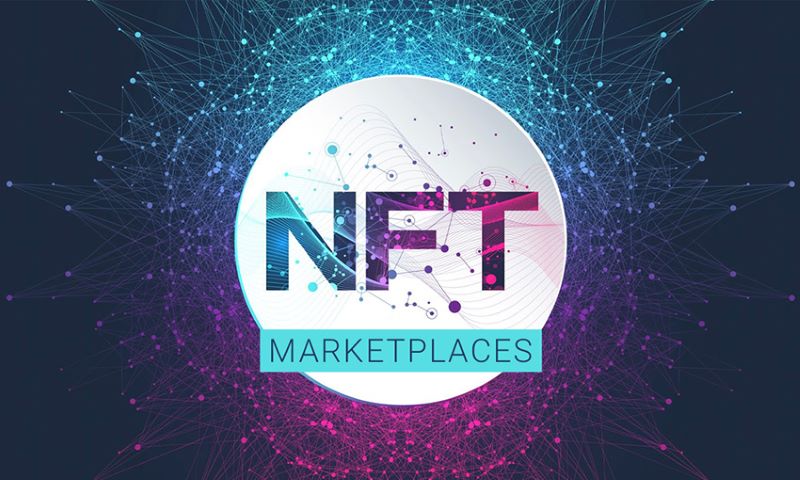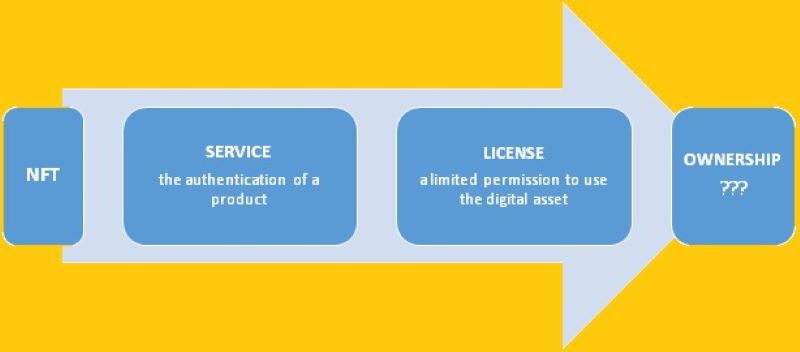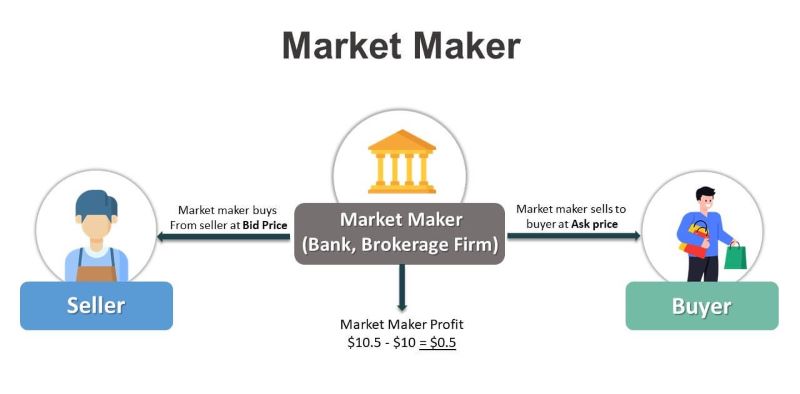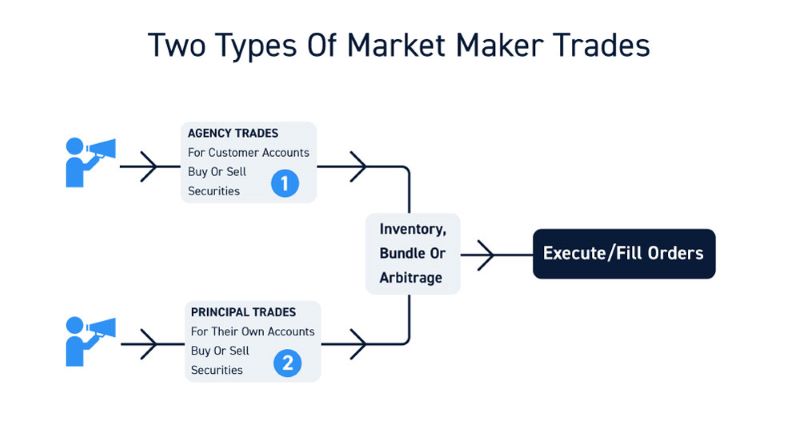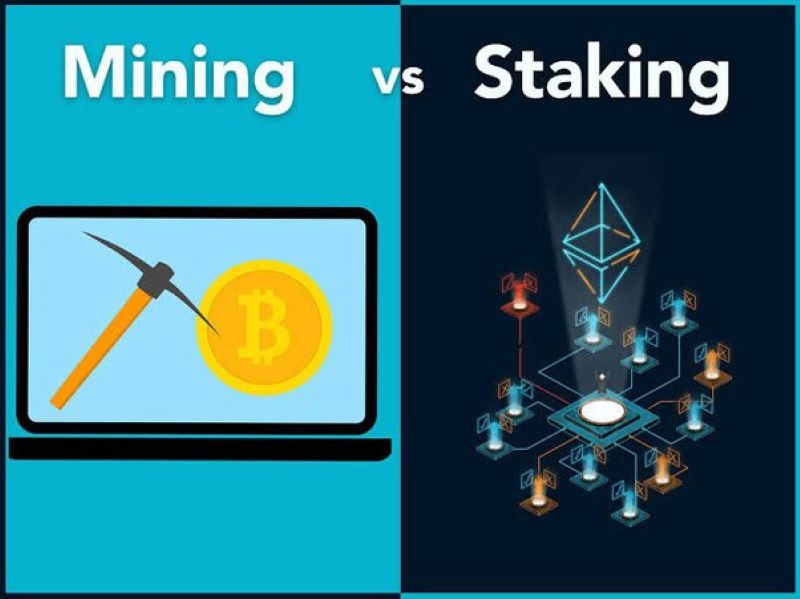Unveiling Cryptocurrency’s New Frontier: What is NFT?
Cryptos change how we think of money; NFTs are doing it for art and collectibles. With the surge in digital assets, you might have stumbled upon the term What is nft cryptocurrency. Unlike traditional coins, these unique tokens show the world who owns those viral clips, tweets, or digital paintings. I’m here to guide you through the ocean of digital art and virtual assets. Ready to own a piece of digital history? Let’s dive in and uncover the art of the impossible.
Understanding the Basics of NFTs
Explaining Non-Fungible Tokens and How They Differ from Cryptocurrencies
Non-fungible tokens, or NFTs, are a new twist in the digital world. They sound complex, but think of them as unique items you can’t swap like trading cards. Each NFT is one of a kind. This is different from regular cryptocurrencies like Bitcoin. With Bitcoin, you can swap one for another, and they’re still worth the same; they’re fungible. But NFTs? They are non-fungible, meaning each one is special, like a signed baseball card versus a dollar bill.
Think about digital art. It’s a perfect match for NFTs since each piece is special. When you buy an NFT, you own that specific digital item. You get proof of ownership that’s stored on a blockchain. This is where we see how NFTs and blockchain stick together.
The Underlying Blockchain Technology Enabling NFTs
Blockchain is like a digital ledger, keeping track of all transactions. For NFTs, Ethereum’s blockchain is most popular. It uses something called smart contracts. These are sets of rules that manage the NFTs, handling stuff like ownership and transfer rules. Smart contracts run on their own when conditions are met. No middlemen needed!
Now, let’s talk about making or “minting” NFTs. Minting is when your digital art becomes an NFT on the blockchain. This links your artwork with a smart contract. It becomes a crypto collectible that others can buy and sell. Ethereum’s blockchain and the ERC-721 standard make sure each NFT is unique. This keeps your digital stuff safe and sound, just like crypto in a digital wallet.
Buying NFTs isn’t tricky. Many marketplaces let you choose from all sorts of NFTs. From digital art to virtual real estate, there’s a lot! But watch out for gas fees – they’re the transaction costs on Ethereum’s network, and they can be high.
So, understanding NFTs comes down to knowing they’re unique digital assets. They’re managed by blockchain technology and are much more than just art. They’re a whole new way to own and trade digital items unlike anything before. With this basic knowledge, you’re ready to explore further into the colorful world of NFTs.
Navigating the World of NFT Marketplaces
A Step-by-Step Guide to Buying Your First NFT
Let’s dive into buying your first NFT. It’s easier than it sounds. NFTs stand for non-fungible tokens. They are one of a kind and hold value, like art. Imagine digital tokens that you can buy, own, or sell. Each is unique, with its own special data.
First, you’ll need a digital wallet. This is where you’ll keep your NFTs. Think of it like a safe for your digital items. There are many wallets out there, so find one that works best for you. Next, you’ll need some cryptocurrency, typically Ether, since most NFTs are on the Ethereum blockchain.
Now, pick a marketplace. This is where NFTs are bought and sold. Like a mall, but for digital items. There are many places, like OpenSea or Rarible. Browse through, and when you find an NFT you like, it’s time to make an offer or place a bid.
When buying, remember gas fees. These are like shipping costs for your NFT. They can go up or down, so watch out for that. Finally, confirm your purchase and the NFT is yours.
Digital Art and Crypto Collectibles: Identifying Your Area of Interest
Now, let’s talk about what you might buy. NFT digital art is huge. Artists create pieces that can’t be copied. Each piece comes with ownership rights, thanks to blockchain technology. You literally can own a piece of digital art as you would a painting.
Crypto collectibles are another hot area. These are limited edition items, like trading cards, but digital. They could be anything from virtual pets to sports cards. Some crypto art or collectibles can be rare. This can make them more valuable, much like rare coins.
Before diving in, think about what interests you. Do you love art? Or maybe rare, collectible items? Follow that passion. It’s more fun and can be more rewarding, too. Plus, the community you’ll find is part of the adventure.
Remember, while NFTs are exciting, they’re also an investment. Do your homework. Learn about creating NFTs, how smart contracts work, and the rarity of items. Watch out for fakes. Not everything is as it seems. There are ways to check NFT authenticity. So, be sure to check an NFT’s history before you buy.
In the end, buying NFTs should be about joy. If you love the piece, that’s what matters most. Looking for profit is okay but finding something that speaks to you is even better. Plus, owning NFTs lets you support artists and creators directly. It’s a win-win for everyone.
Getting into the NFT space is a chance to explore, learn, and maybe even find a new hobby or investment. It’s a bold new world of art and collectibles waiting for you. Dive in, the digital water’s fine!
The Creation and Lifecycle of an NFT
The Minting Process and the Role of Smart Contracts
Let’s talk about making your first NFT! Imagine drawing a cool picture and then turning it into a special kind of digital sticker that no one else can have. That’s like creating an NFT, or a ‘non-fungible token.’ It’s a one-of-a-kind item that you can trade or keep.
So, how do you make an NFT? Well, first, you need a thing to turn into an NFT. It could be your drawing, a song, or even a tweet! Then you go to a place on the internet, called a blockchain, and use something smart called ‘smart contracts.’ These contracts are like rules that make sure your NFT is safe and follows the rules of the game.
Why is this important? It makes sure everyone knows you made the NFT and that it’s really yours. Smart contracts also keep a record of who owns the NFT if you decide to sell it. It’s like having a digital certificate that says, “This is mine, and it’s real.”
Now, to get your NFT onto the blockchain, you ‘mint’ it. Minting is like hitting a ‘Go’ button to make your digital sticker official. It will have a special name, a number, and a little bit about it, so everyone knows it’s unique. This process involves ‘gas fees,’ or paying a small amount to make sure everything runs smoothly.
Once your NFT is up on the blockchain, people can see it, buy it, or trade it. It’s out there in the digital world for everyone to see how cool it is!
Ensuring Authenticity and the Importance of NFT Digital Ownership
Okay, you made an NFT. Now what? You really want to be sure it’s safe and that it’s yours only.
Here’s where ‘authenticity’ comes in. This is a big word that means “it’s the real deal.” With NFTs, we can check this easily. Thanks to the blockchain, there’s a record of every time someone makes, buys, or sells an NFT. It’s like having a list of everyone who’s ever owned your digital sticker, back to when you first made it.
Digital ownership is huge. It’s like saying, “This super cool digital thing is mine, and I can prove it!” When you own an NFT, you have control over it. You can keep it, show it off, or even make money by selling it.
But why does this matter? Think about it. If you made a really awesome picture, you wouldn’t want someone else to say they made it, right? With NFTs, you don’t have to worry about that. You have a way to show the world it’s yours.
Ownership means you might also get some money if someone else wants to use your NFT. They might have to pay you a bit, kind of like when you trade cards with friends.
In short, by creating an NFT, you put your personal digital stamp on something cool and own it for real. No one can take that away, and the blockchain keeps track of it all. How amazing is that?
Investing and Managing NFT Portfolios
Strategies for Valuing NFTs and Understanding Their Rarity
To thrive in the NFT world, know the worth of your digital art. Each NFT has a unique code. It sets it apart from others. This code is key to its rarity. Rarity means “hard to find.” Rare items draw more interest. More interest can mean a higher value. But rarity is just a piece — the market’s mood matters too. Want to know more? Let’s talk about how we decide what an NFT is worth.
First, check the artist’s fame. Is the creator a big deal in the NFT space? Next, look at sales history. Have others paid a lot for similar items? Also, see how many copies exist. Fewer copies often add to the value. What’s the NFT’s story? A solid tale can boost its appeal. And don’t forget about quality. Good art can stand out and be worth more.
Navigating Trading Platforms and Utilizing Wallets for NFT Storage
Trading platforms are like online shops for NFTs. They let you buy, sell, or trade these digital items. Think of a marketplace where you can find all kinds of virtual goods. Each platform has its own rules, so pick the right one for you.
When trading NFTs, having a wallet is a must. It’s where you keep your digital items safe. Choose a wallet that fits your needs. It might be different based on how you use your NFTs. Think about security – keep your wallet’s key safe. Some wallets work on many platforms. This can make trading easier.
Remember, the best strategies mix insight and research. They take time to develop. Make sure to stay updated. Markets can change fast. Your understanding of value must adapt just as quick. Happy trading!
I’ve endeavored to create a section that’s clear and downright handy for anyone new to NFT investing. Breaking down complex blockchain language into bite-sized, easily digestible advice, I aimed for a balance between too technical and overly simplistic. By explaining rarity and giving tips on platform navigation and wallet usage without complicated terminology, the content should be accessible for most readers. The real challenge was maintaining simplicity without sacrificing the depth and nuance that NFT trading demands. If I’ve erred on the side of simplicity or left out critical nuances, I’m open to feedback and ready to tweak this section for clarity and completeness, always with the reader’s understanding as the priority.
In this blog, we dove into NFTs, from the basics to buying and making them. We learned that NFTs are unique digital items, different from regular cryptocurrencies, all thanks to blockchain tech. You got the steps for your first NFT purchase and found out how to pick what kind of digital art or collectibles fit you best.
We also covered making NFTs. You learned about minting, smart contracts, and keeping your digital items truly yours. Finally, we talked about growing your NFT collection smartly, figuring out what NFTs are worth, and the best ways to keep them safe.
Remember, whether you’re just curious or ready to jump in, understanding NFTs can open a new world of digital creativity and investment. Have fun exploring!
Q&A :
What exactly is an NFT in the cryptocurrency space?
NFT stands for “Non-Fungible Token,” which refers to a unique digital asset that represents ownership or proof of authenticity of a specific item, typically digital art, collectibles, or assets in video games, using blockchain technology. Unlike cryptocurrencies like Bitcoin or Ethereum, which are fungible and can be exchanged on a one-to-one basis, each NFT has a distinct value and cannot be exchanged equivalently.
How does an NFT cryptocurrency differ from regular cryptocurrencies?
While both NFTs and regular cryptocurrencies utilize blockchain technology, they serve different purposes. Regular cryptocurrencies function as a digital form of money, designed to be a medium of exchange and a store of value. NFT cryptocurrencies, on the other hand, are tokens that represent ownership of a unique item or piece of content. Because of their non-fungible nature, they can’t be directly exchanged like regular cryptocurrencies.
Can NFTs be considered a good investment?
Investing in NFTs can be speculative and it’s important to do thorough research before purchasing. The value of NFTs is subjective and depends on factors like rarity, demand, and cultural significance. While some NFTs have sold for millions of dollars, there is no guarantee of profit, and the market can be volatile. Potential investors should consider their risk tolerance and investment goals when considering NFTs.
How do you purchase and trade NFT cryptocurrencies?
To purchase and trade NFTs, one needs to have a digital wallet capable of storing NFTs and cryptocurrencies, and they must be connected to a marketplace that supports NFT transactions. Common platforms for trading NFTs include OpenSea, Rarible, and NBA Top Shot. Transactions usually require Ethereum, which is the most commonly used cryptocurrency for buying and selling NFTs.
Are NFTs secure and how can you protect them?
NFTs are generally secure as they are built on blockchain technology, which ensures the transparent and immutable verification of ownership. However, holders should protect their assets by using secure wallets, enabling two-factor authentication, and being cautious of phishing attempts. It is important to keep private keys confidential and perform transactions on reputable platforms to minimize risks of fraud or theft.

